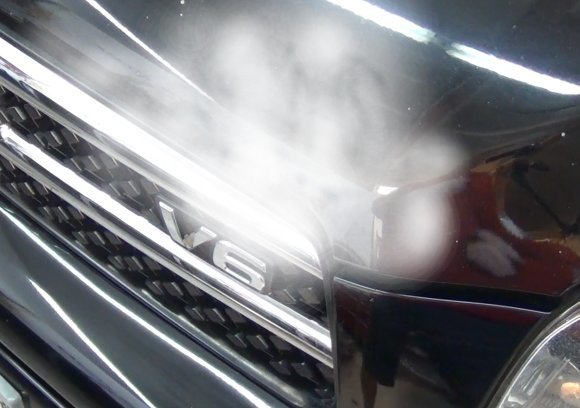My 2001 Caddy DTS overheated due to low coolant and the alarm went off (sensor in overflow bottle not working). I pulled over and turned car off immediately. I Topped fluids up. Took to dealer and was told I needed a new radiator and new gaskets around the water pump housing ($2,100 to replae radiator/fix gaskets). I was told both housing and radiator had small leaks, but pump is OK (replaced 3 years ago). After filling coolant up and running, it still starts overheating. So I had the worst leak (I saw no coolant leaking) fixed by replacing the radiator ($950+). I took it home Saturday, but it is still overheating somewhat when going up hills. No signs of any coolant leaking. Radiator cap replaced 1 year ago and supposedly
still good. I can see the overheating by watching the temperature gauge, which runs fine for a while, and then jumps up a bit and then back down and then back up a bit, and up a bit more if going up a grade.
What is the problem? Could a minor leak in the water pump housing gasket(s) cause loss of pressure and cause overheating to show on temp gauge? (Dealer says $1,000+ to fix gaskets.) Could my problem be caused by faulty thermostat that maybe got damaged by the initial overheating? Would the electronic sensor be damaged? Any ideas will be greatly appreciated.
Thanks, Caddy Fan
SPONSORED LINKS
Monday, August 8th, 2011 AT 4:28 PM



